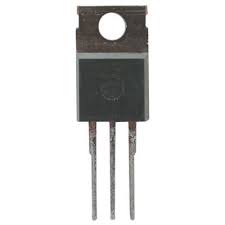Peter from Holland
Diamond
- Joined
- Jan 15, 2005
- Location
- The Netherlands
Follow along with the video below to see how to install our site as a web app on your home screen.
Note: This feature may not be available in some browsers.
For my future reference, what components went bad in the Heidenhain power supplies you fixed ? Often in CNC related power supplies it is weak or bad electrolytic capacitors...I've not yet encountered a bad Heidenhain DRO ps problem...but eventually I probably will.Hi Peter,
So far I have fixed 3 HH displays. In all of them, the problem was the power supply. Normally such problems would affect all three axes, but if the power supply is starting to fail, it might first affect one channel. So in your place I would open it up and check the different voltage rails. You want to make sure they have the correct DC values, and noise and ripple values measured in the tens of millivolts. If you have an oscilliscope and voltmeter, this should not take more than a few minutes.
For my future reference, what components went bad in the Heidenhain power supplies you fixed ?
This style ? Interesting....don't think I've ever found one of those bad...good to know they can be a suspect. Re caps, I have an ESR meter as well....wonderful device for finding suspect caps without removing from board, then remove to confirm.In two older VRZ models it was burned out 3-pin TO3 voltage regulators.
This style?


Hi Peter,
So far I have fixed 3 HH displays. In all of them, the problem was the power supply. Normally such problems would affect all three axes, but if the power supply is starting to fail, it might first affect one channel. So in your place I would open it up and check the different voltage rails. You want to make sure they have the correct DC values, and noise and ripple values measured in the tens of millivolts. If you have an oscilliscope and voltmeter, this should not take more than a few minutes.
Cheers,
Bruce
Do you have the expected voltages from the transformer to the board for a HH VRZ750?
Notice
This website or its third-party tools process personal data (e.g. browsing data or IP addresses) and use cookies or other identifiers, which are necessary for its functioning and required to achieve the purposes illustrated in the cookie policy. To learn more, please refer to the cookie policy. In case of sale of your personal information, you may opt out by sending us an email via our Contact Us page. To find out more about the categories of personal information collected and the purposes for which such information will be used, please refer to our privacy policy. You accept the use of cookies or other identifiers by closing or dismissing this notice, by scrolling this page, by clicking a link or button or by continuing to browse otherwise.
